Course information
Child Protection and Education
Welcome to Child Protection and Education
Child Protection and Education sectors play essential and complementary roles in humanitarian contexts. For both sectors, the central goal is to promote the well-being of children. The protection of children is a cross-cutting duty that boosts their well-being outcomes across all humanitarian responses, including Education. Under the Convention on the Rights of the Child, all children have the right to protection from violence, exploitation, neglect and abuse, as well as to education, among other rights. Quality, safe and culturally responsive education is in itself protective.
Working together across Child Protection and Education sectors in a purposeful and meaningful way not only complements and strengthens the aims of each sector. It also enables us to create broader and more meaningful impacts for, and with, children in crisis-affected communities. These benefits extend far beyond what could be created when the sectors work separately.
This multi-agency training module outlines how Education and Child Protection actors can work together more systematically, based on complementarity, to support children’s well-being in humanitarian contexts.
This e-module is also available in Arabic, French, Portuguese, and Spanish.
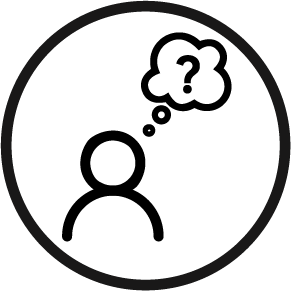 |
This module may be useful to: | |
|---|---|---|
|
||
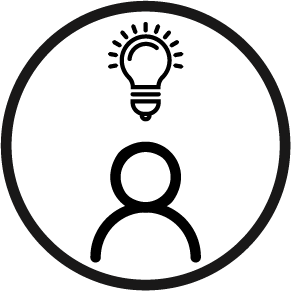 |
How will I benefit from this course? | |
|
By the end of this module, you will have:
|
||
 |
How long will it take? | |
|
The module will take approximately 45 minutes to complete. |
||
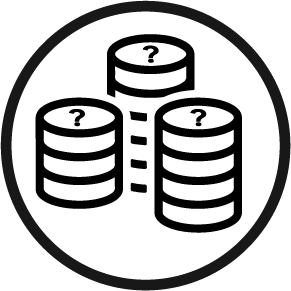 |
How much does it cost? | |
| This course is free! |
||
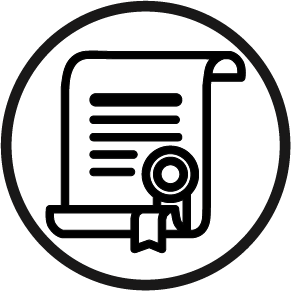 |
Will I get a certificate at the end? | |
| Yes - you will be able to download a certificate once you have have completed all of the modules within the course. |
||
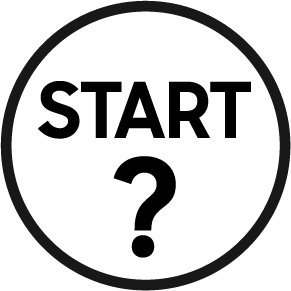 |
How do I start? | |
| Scroll to the top of the page and click on the Join course button. This will take you through to the course content. You don't need to complete the course in one go - you can always continue later from where you left off. |
Data protection and consent
This course was created and is administered by INEE (Inter-agency Network for Education in Emergencies). By joining this course you are consenting to INEE being given access to your Kaya profile information, including your name and email address, so that they can provide the course. This may require them to contact you. Your data will be anonymized before it is used for any analysis or reporting purposes. If you have any questions about this, please email learning@inee.org.

